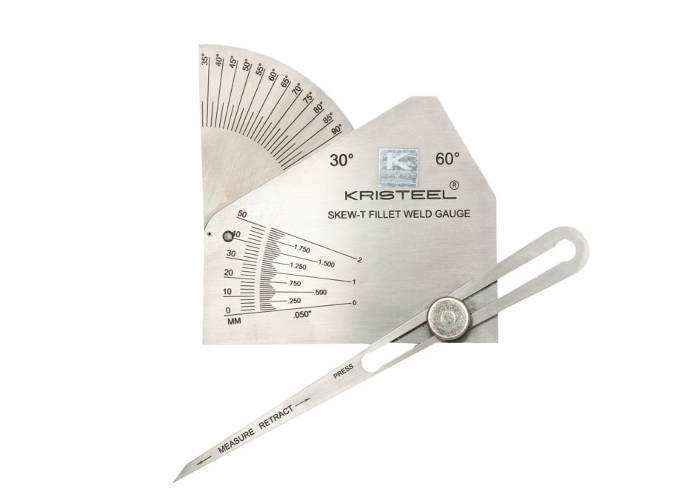Fillet Weld Design Methods: Maximizing Joint Performance and Appearance for Structural Integrity
In the realm of architectural design and construction, the importance of fillet weld design strategies can not be overemphasized. By thoroughly thinking about factors such as weld account optimization, material choice, joint preparation strategies, welding procedure efficiency, and aesthetic enhancement engineers, fabricators and methods can achieve a harmonious equilibrium in between capability and appearance in their bonded frameworks.
Weld Account Optimization


Attaining an ideal weld profile involves a meticulous factor to consider of variables such as product density, joint setup, welding position, and wanted welding speed. Additionally, the selection of ideal welding criteria, such as voltage, present, and travel rate, is essential in controlling the form and dimensions of the fillet weld. Using advanced welding strategies, such as pulse welding or robot welding, can further improve the weld profile to satisfy particular layout demands and quality standards.
Basically, weld account optimization is a fundamental facet of fillet weld style that straight influences the total performance and integrity of welded joints in structural applications.
Product Choice Factors To Consider
When taking into consideration material option for fillet weld design, the compatibility of the base steels is a crucial variable influencing the architectural integrity of the joint. It is necessary to select materials that not just weld together properly but additionally have similar mechanical residential properties to guarantee the tons is equally distributed between the weld and the base steels. Welding materials with significantly different buildings can lead to problems such as stress and anxiety concentrations, early joint failure, or breaking.
In addition, the setting in which the welded structure will operate need to be considered when selecting materials. Aspects like deterioration resistance, temperature level fluctuations, and exposure to chemicals can all impact the longevity and performance of the weld joint. By picking products that are suitable for the designated application and atmosphere, the general durability and reliability of the welded joint can be considerably enhanced.
Consequently, thorough consideration of material compatibility and environmental factors is paramount in making sure the weld joint's toughness, durability, and overall architectural honesty.

Joint Prep Work Techniques
Considering the essential function material choice plays in making certain the structural integrity of fillet weld joints, it is vital to carry out precise joint preparation methods that enhance the link in between the base metals. Joint preparation is a vital action that straight influences the high quality and stamina of the weld.
Moreover, correct fit-up of the joint is important to make certain consistent circulation of the welding product and protect against defects like incomplete infiltration or too much build-up. Beveling the sides of the base metals can produce a groove that enables for deeper weld penetration and a stronger bond. In addition, tack welding the parts in position prior to the last weld aids keep positioning and lessens distortion during the welding process. By meticulously her response adhering to these joint preparation strategies, welders can improve the general performance and aesthetic appeals of fillet weld joints while making sure structural soundness.
Welding Refine Efficiency
Reliable welding processes are important for attaining optimum efficiency and quality in fillet weld manufacture. One essential aspect of enhancing welding procedure effectiveness is selecting the ideal welding method. Variables such as material type, joint layout, and welding setting have to be thoroughly taken into consideration to figure out one of the most appropriate approach. For circumstances, procedures like gas metal arc welding (GMAW) and flux-cored arc welding (FCAW) are frequently made use of for fillet welds because of their convenience and speed (Gauge Fillet Weld).
Normal calibration of welding machines, inspection of consumables, and upkeep of welding lanterns can protect against downtime and revamp, inevitably conserving time and resources. Well-trained welders are extra experienced at readjusting specifications, fixing problems, and maintaining constant weld high quality.
Visual Enhancement Approaches
To optimize the quality of fillet weld construction, implementing visual enhancement techniques can play a critical duty in ensuring precision and precision throughout the welding process. Visual aids such as weld webpage size gauges and magnifying lenses can aid in evaluating weld profiles and dimensions accurately. By incorporating these aesthetic enhancement techniques into the welding process, welders can achieve not just structurally audio fillet welds however also aesthetically attractive outcomes that meet sector criteria.

Conclusion
In conclusion, enhancing fillet weld design entails cautious consideration of weld account, product selection, joint prep work, welding procedure efficiency, and visual improvement methods. By applying these techniques, architectural honesty can be improved while likewise Go Here attaining visual appeal. It is crucial to focus on both efficiency and aesthetic appeals in fillet weld layout to ensure the overall high quality and longevity of the joint.
By meticulously considering aspects such as weld account optimization, material selection, joint prep work strategies, welding procedure efficiency, and visual enhancement engineers, fabricators and methods can accomplish a harmonious balance between functionality and appearance in their welded frameworks.In the realm of fillet weld style, enhancing the weld profile plays a vital function in making sure architectural stability and performance. The weld profile, which consists of the size and form of the weld cross-section, directly impacts the distribution of stress and anxiety and load-bearing ability within the joint. It is crucial to pick products that not only bonded with each other properly yet likewise possess comparable mechanical properties to make certain the lots is uniformly distributed in between the base and the weld metals - Gauge Fillet Weld.In conclusion, maximizing fillet weld style includes careful factor to consider of weld profile, material option, joint prep work, welding process performance, and aesthetic enhancement approaches